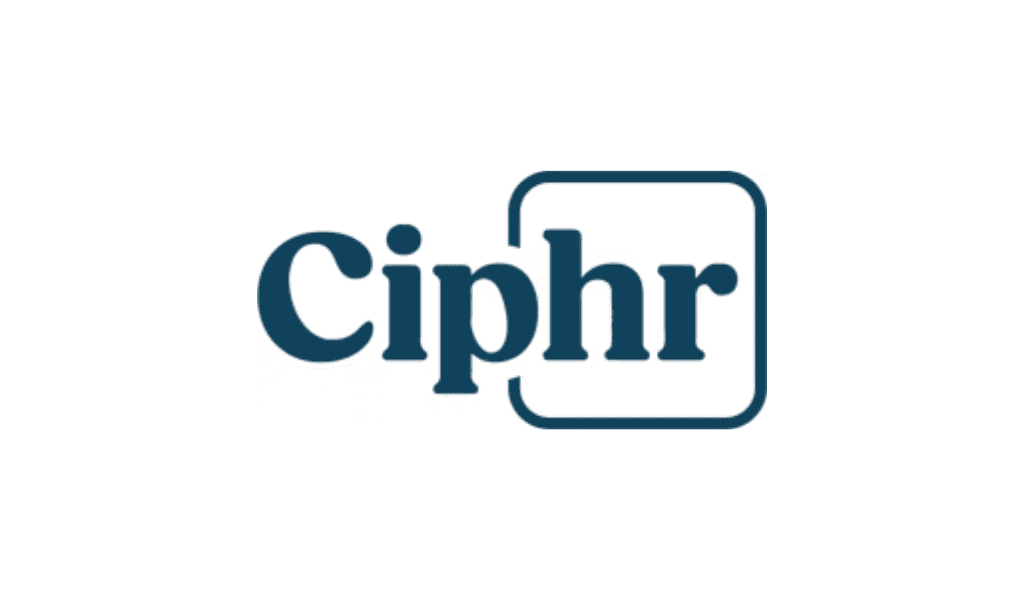A structured approach over three steps will help HR gain critical insights from data.
By Nigel Guenole
Many organizations today use some sort of analytics in HR, but are still in the early stages of adopting an evidence- based approach to decision making. There are two reasons for this.
First, HR has traditionally struggled with showing the returns that CEOs expect to justify the capital expenditure on analytics. Only in recent years has HR been staffed by professionals focused on the business consequences of human capital management actions rather than on policy, procedures, and people.
These two issues are stubborn obstacles for HR, but there’s genuine cause for more optimism concerning the speed of workforce analytics adoption.
HR departments are now gaining competence in the realm of analytics much faster than was the case for any of the other functions. Since other business units -like marketing -have competently navigated and documented the business case challenges, HR can reduce the time for implementation. For example, customer dissatisfaction leading to customer churn can correlate to HR (employee dissatisfaction leading to reduced employee engagement and staff turnover). HR can directly apply many of the techniques marketers have already developed.
In addition, marketing and finance developed analytic capabilities during a time when technology was prohibitively expensive, but that situation is no longer relevant. Because of the emergence of the cloud, organizations can purchase SaaS technologies on a modest budget. Today’s professional HR degrees and qualifications are emerging that focus specifically on analytics, meaning any historic lack of analytic capability won’t exist much longer.
Despite these positive developments, HR won’t become an analytically enabled discipline immediately. Instead, HR needs to systematically plan for success. But the systematic pursuit of success in analytics can result in quick progress, and decisions early in an analytics journey can chart success over the next three to five -even 10 years. But a framework for the first 100 days of establishing an HR analytics capability is necessary. The three broad phases include:
Phase 1: Setting Direction
It’s easy to think that the first consideration for HR analytics should be data sources, but before that, it’s critical to articulate the objectives for HR. Without knowing the vision for analytics in HR, the developmental path is likely to wander without direction.
The establishment of a governance model should be linked to this objective setting. It specifies how the HR function will interact with stakeholders and will lay out legislative constraints and privacy practices.
In phase one, create steps that prioritize business goals and focus on projects that lead to a quick win. A quick-win project will impact at least one portion of the business, or will uncover an important insight to stimulate executive discussion. While projects that require significant change management are likely to deliver greater value, they’ll probably take longer to deliver and may be better handled once the business case for workforce analytics has been established. A quick-win strategy will establish credibility and secure further funding.
Phase 2: Defining Your Approach
It’s important to understand the data in the system and the quality of that data. While it’s not necessary to wait for perfect data to make decisions, there’s little point in analyzing data known to be inaccurate. In some cases, it may be better to collect a small, new data set rather than analyze a big existing data set that doesn’t contain the necessary variables or cases to answer your questions accurately.
A pragmatic approach to data quality in HR is a good choice. In some instances, even if a set of analyses is not perfect, as long as it’s sufficiently valid and prompts rigorous discussion of alternative courses of action, it serves a useful purpose.
For analysis, third-party support and technology may be required. In terms of third-party support, the options are usually to insource, outsource, or partner with external providers. For smaller organizations, the most common option is to outsource or partner, while larger organizations are better positioned to develop an internal capability. In addition, as long as any legal and policy barriers can be successfully navigated -which is usually the case -the best option for data management and storage is cloud technology due to its cost effectiveness and flexibility.
Phase 3: Growing Your Capability
Regardless if an organization chooses to insource, outsource, or partner, an internal HR analytics leader is an imperative. The best leaders don’t need to be the best statistical analysts -although that’s certainly an asset. It’s advisable to consider HR analytics leaders who have line-of-business and change management experience. This enables them to get ideas in motion quicker and build the political support required for HR analytics projects.
Beyond decisions on leaders, to manage analytics internally, organizations will also need to decide whether to staff with generalists, specialists, or both skill sets. An analytics team should have deep interpersonal and consulting skills, as well as analytics and data management capabilities. Finding all these skills in the same individual will be a challenge, so plan to build a team with distinct, complementary skills. Round out the team with HR domain expertise and knowledge of data science and technology.
Developing a business plan will help in adopting a consulting model approach that specifies milestones, dates, responsibilities, and who precisely “customers” will be. This will help secure resources and serve as a yardstick to measure success.
Using lessons learned from other functions and following this three-phase framework will enable HR to speed up its implementation of analytics. Implementation follows the three phases in the framework and is arguably where the fun really starts. This is where the team will begin to analyze the links between the different identified data sources and start to produce insights that will drive action and real business benefits.
It’s our belief that HR has the potential not only to catch up with its functional peers, but to leapfrog them with insights into how the people in organization directly link to improved business performance.
Nigel Guenole is a researcher with the IBM Smarter Workforce Institute and a senior lecturer in Management at Goldsmiths, University of London. Find out more in IBM Smarter Workforce Institute’s report, Building an analytically enabled HR function: The first 100 days.














